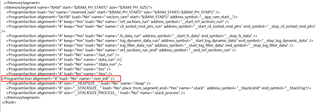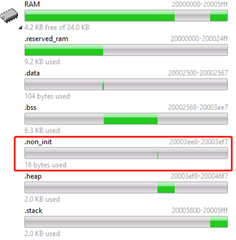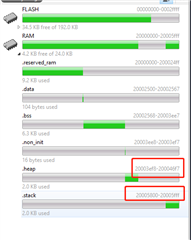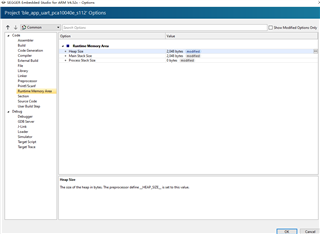Hello,
I want to use RAM to keep some data after a soft reset, so that I can find problems after reset.
And I also found some implementation methods, such as using .non_init section. I also achieved it, but I still have some doubts and hope to get answers.
1). In the flash_placement.xml file, there is clearly a .non_init part, but it is not displayed during debugging.


When I assign size to .non_init in the flash_placement.xml file or define variable in the code, I can see the non_init section during debugging. Why is this?
static uint8_t data[16] __attribute__((section(".non_init"))); or <ProgramSection alignment="4" load="No" name=".non_init" size="16"/>

2). What is the RAM that has not been allocated?
For example, the address 0x200046f7-0x20005800 in the figure. Is its value maintained, or is it used by the .stack section when the program is running?

Thanks & Regards
Gray

